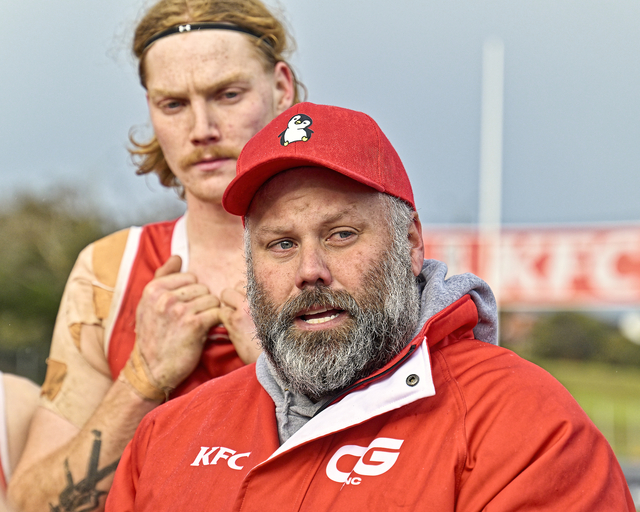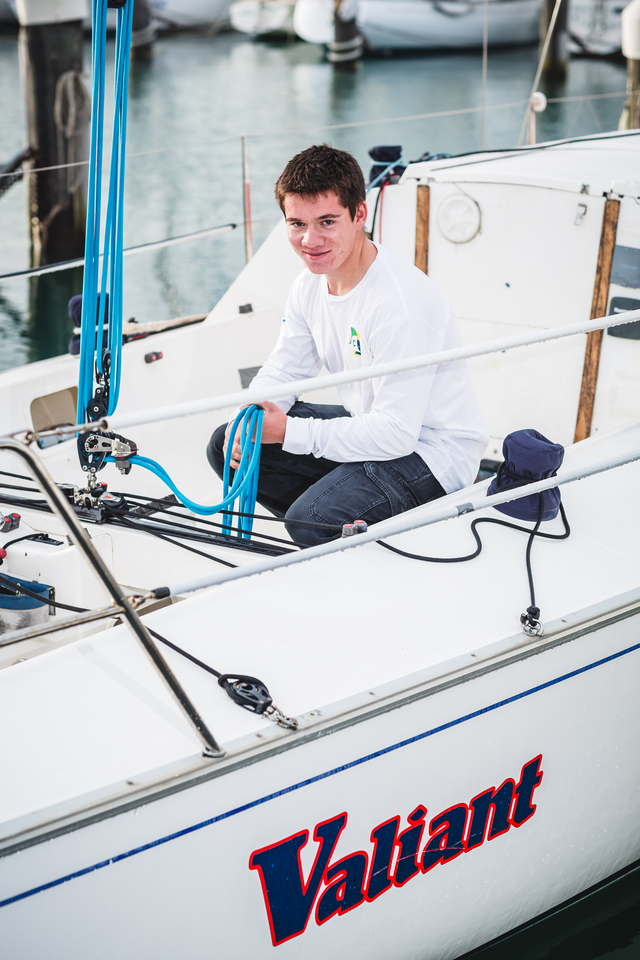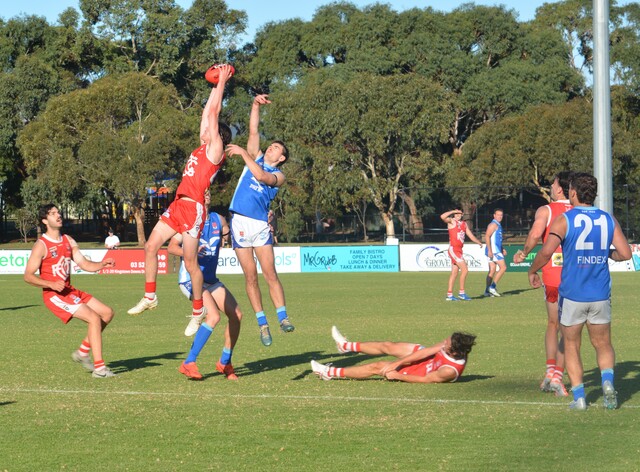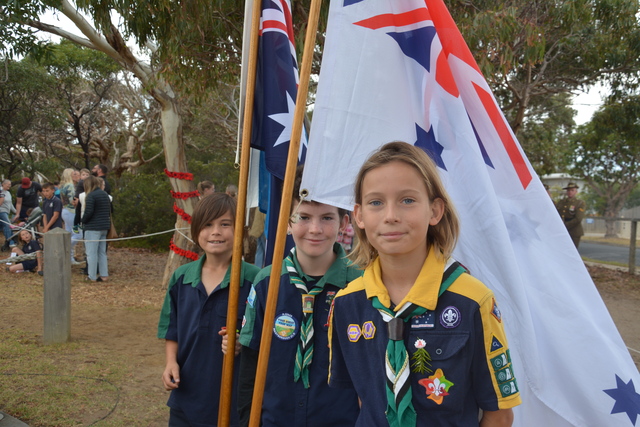This will be a different Nature Watch, as I feel the need to pay tribute to a friend.
The Bellarine Peninsula lost one of its best and most passionate ‘twitchers’ last week with the passing of Tom Fletcher.
Tom grew up in the Geelong area and spent many hours with Trevor Pescott and Duncan MacKenzie exploring bird watching areas, such as Avalon Beach, Balyang Sanctuary and Lake Borrie.
Duncan MacKenzie has an OAM for Services to Birdlife and has the information centre of Gluepot Reserve named after him, and we all know the achievements of Trevor Pescott in the world of natural history and the environment in Geelong.
Tom studied engineering after he left school and his job took him to central Australia and New Guinea, where he observed many iconic species of birds such as birds of paradise and gibberbirds and pratincoles – birds I can only dream of seeing in my lifetime.
After meeting his wife Pauline and having two sons the family settled in the Yarra Valley, where he ran a plant nursery and bottled his own wines.
Pauline died many years ago, as did one of Tom’s sons, and he moved to Ocean Grove over 20 years ago when he retired.
Tom became a very active member of the Geelong Field Naturalists Club, became a life member of Birdlife Australia, and was involved with the birdwatching management of the Western Treatment Plant.
Tom’s knowledge of the Bellarine Peninsula birdlife was so extensive that he wrote the chapter about Bellarine Birds in the book Where to See Birds in Victoria by Penny Johns, Sally Symonds, and Tim Dolby.
Tom introduced me to the Western Treatment Plant (WTP), along with another icon of the Geelong birdwatching community, the late Gordon McCarthy. We would leave Ocean Grove early, around 8am, and Tom would have a pre-prepared clip board with 120 numbers on a few blank sheets of paper, with the high and low tide times written at the top.
The car would slow down as we passed Avalon Airport and reached Pousties Road, and that is where the daily bird count would start. On the left in the cow paddocks there would often be banded lapwings, so he would stop the car and listen.
My job was to write the species down as they were seen, and often we would tick off 15 species before reaching Point Wilson Road. Tom’s hearing and recognition of bird calls was second to none, even as he approached 80 years of age.
I saw my first rufous songlark in Beach Road as Tom knew that there was a pair nesting in the trees opposite the farm dam in Beach Road. I also saw my first black falcon as Tom just knew that the bird was around and where it had been seen.
If we got to the Borrow Pits for lunch with only 60 species on the list, the day would be “pathetic” according to Tom. In fact in December 2020 we only recorded 64 species for the whole day, which would have been incredibly pathetic to Tom.
Looking back over our many lists we usually saw around 90 species at the WTP, which is not a bad day’s work. We would also record if we saw anything else of interest, such as if we heard the endangered growling grass frog, or saw snakes or kangaroos. I have so many fond memories of these expeditions.
Tom taught me so much about birding. When sitting in the bird hide at WTP he would say “look at every single migratory wader carefully, you don’t want to miss a rarity”.
I didn’t heed this advice when I went to WTP by myself once and only realised when I looked at my photos when I got home that there was a terek sandpiper in the flock. Tom said to me on this occasion that he would be embarrassed if he were me. He wasn’t backward in coming forward with advice.
He taught me about the white-winged black tern that flies to Australia in the summer from the Northern Hemisphere and how to differentiate this bird from the whiskered tern by looking at the rump colour (whiskered terns have a grey rump).
Tom would read The Voice and would let me know if I’d written anything that wasn’t correct, which was great feedback and always given with the love of birds in mind.
Tom went into hospital at the beginning of 2023 for a routine operation, which led to several other surgeries and medical issues, so he spent most of the year either in hospital or at Seaview Manor in Ocean Grove, where he received the best of care.
Tom’s partner Sandy was amazing in her devotion and kindness towards him. I will miss Tom greatly for his friendship, knowledge and humour, and I send my condolences to Sandy, Glenn and Linda for their loss.
Carole sent me an email that she has just returned to the Bellarine after crossing the Nullarbor and she saw a few black-faced woodswallows and zebra finch at the deserted town of Cook.
She only saw a few raptors including a couple of wedgies and a brown falcon around the Nullarbor, which was surprising.
I also received an email from Alan, who managed to snap a photo of a buff-banded rail at Blue Waters Lake. It was quite close to the path on the north side of the lake and didn’t seem too worried about me being only 10 metres away.
There are a few hooded plover nests on our beaches, so please observe all the signs and dog walking restrictions please. Much appreciated.
Merry Christmas and Happy 2024 to all readers of The Voice.










